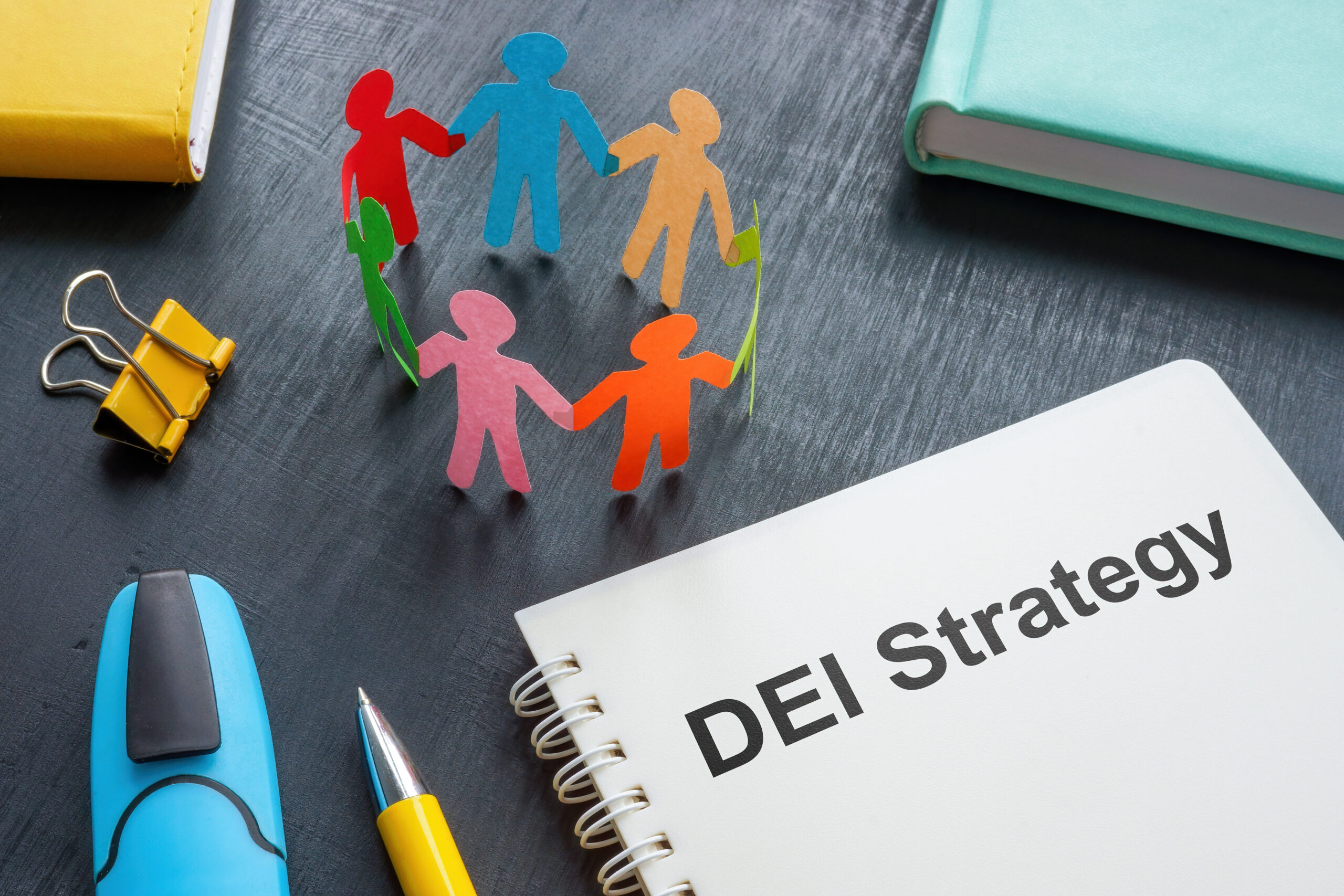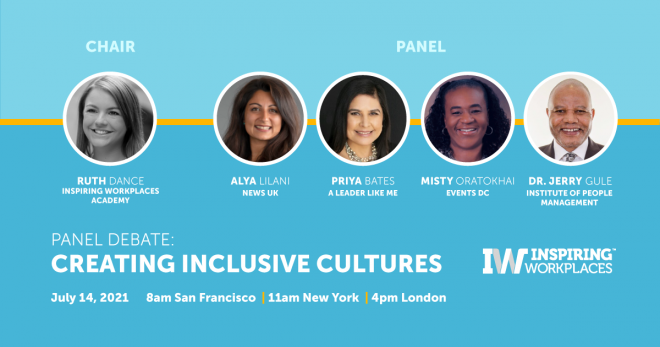
13th August 2024
The DEI Myth: Why Diversity Fails Without True Belonging

In “The DEI Illusion: Why Diversity Without Belonging Is a Recipe for Disaster,” Rafael P. Soriano argues that inclusion efforts often miss the mark by focusing on fitting in rather than fostering true belonging. He emphasizes the importance of social-emotional learning (SEL) to create environments where diverse employees can thrive together, driving productivity and innovation. Soriano critiques SHRM’s decision to prioritise inclusion and diversity over equity, stressing that without a framework for belonging, diversity initiatives can fail, leading to low ROI and reinforcing skepticism about DEI’s effectiveness.
This article was written by Rafael P. Soriano and published in Campaign.
The Society for Human Resource Management’s (SHRM) recent decision to prioritise inclusion and diversity (I&D) over equity has sparked mixed reactions. SHRM argues that dropping “equity” from its DEI approach will allow the organisation to simplify its efforts and concentrate on what they view as more actionable goals. While some applaud the decision for its clarity, others criticise it for potentially overlooking the essential role that equity plays in fostering a fair workplace.
Personally, I’m glad they shook things up, not because I necessarily agree or disagree with it, but because I believe DEI can feel stuck, even broken at times. Discussing and rethinking these issues can often serve as a catalyst for progress. After all, DEI is inherently about tough conversations, pushing for change, and making things better. Equity, most would agree, has been key to unlocking diversity in the workplace. I’ve seen firsthand how a lack of equity creates barriers, with factors like geography, education, social class, professional networks, and different abilities locking people out. Fortunately, DEI architects have tackled hiring bias and other issues, making significant strides towards a more level playing field.
But what happens after you bring a diverse group together with existing employees? Do they instantly become a dream team, leveraging their unique skills to drive success? This is where the vision of DEI often stalls.
Part of the challenge lies in ambiguous terms. SHRM’s decision to remove “equity” or subsume it under “inclusion” highlights this issue. Their definition of inclusion remains unclear as well. As a Gen X ethnic minority, I’ve experienced numerous situations where I was “included” but did not truly belong. I attended meetings, but was essentially invisible. Often, “inclusion” is about fitting in, which is very different from belonging and is not productive. When you belong, you don’t have to change who you are to make others feel comfortable with you.
To read the full article click here: The DEI illusion: Why diversity without belonging is a recipe for disaster
The Inspiring Workplaces Awards are open!
3 ways to be Recognised: Organisations, Individuals and Vendors.






